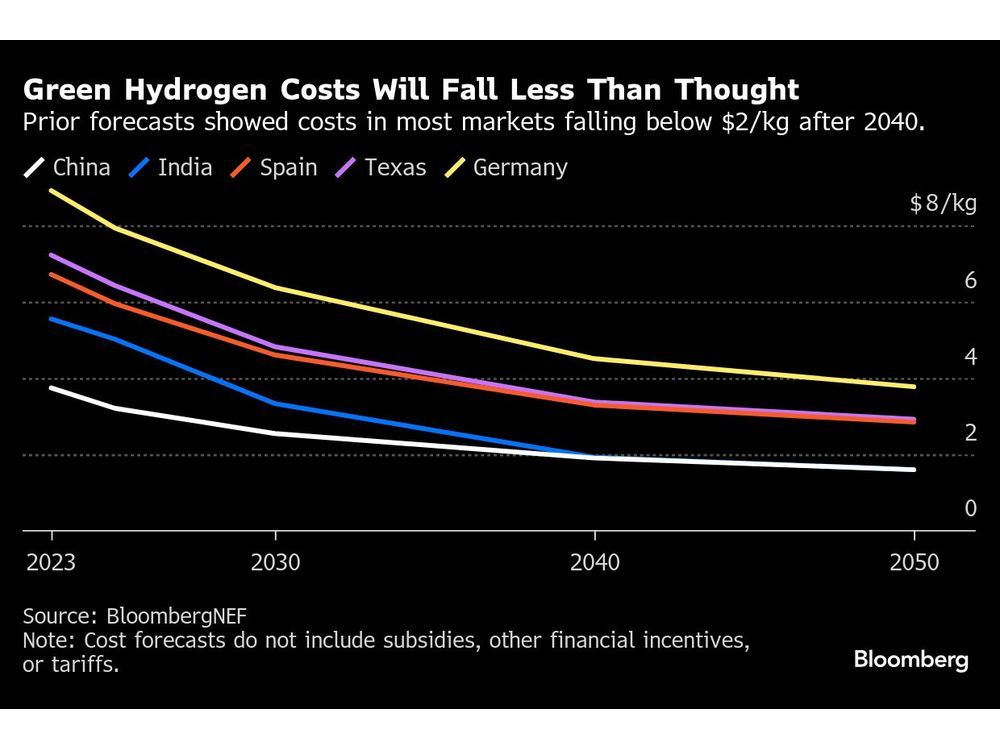Investors can manage their overall portfolio risk by allocating their funds across a diversified range of asset classes. Usually, investors can mitigate most of these risks through planning. Sometimes, however, some risks may occur which are beyond prediction. These risks may cause severe implications for investors and adversely affect their portfolios.
What is Tail Risk?
The term tail refers to the end portions of distribution curves. Tail risk represents an investment’s worst downside performance periods. It occurs when the possibility that the investment will move more than three standard deviations from the mean outweighs what the normal distribution shows. The events that cause these risks are usually unpredictable.
Tail risks can cause investors’ wealth to deplete severely. Therefore, investors need to develop a realistic assessment of the true tail risk probabilities for an investment. The tail risk for investment also relates to the normal distribution. Under normal circumstances, an investment’s returns will move towards the middle of the curve. However, it is also possible for these returns to gravitate towards the ends of the curve. Nonetheless, there is a low probability of that happening.
What is Tail Risk Hedging?
The probability of tail risk events occurring and affecting investors’ portfolio adversely are low. However, if these risks realize, they can have severe impacts on investors’ portfolios and wealth. Therefore, investors may need to use strategies to hedge against these tail events. Tail risk hedging is the process of developing strategies to mitigate tail risks.
Tail risk hedging is crucial in protecting investors against any unpredictable risks. Since these risks can have severe implications on investors’ portfolios, they can be highly detrimental. Therefore, investors need tail risk hedging to enhance their returns in the long run. In some cases, it may be necessary to do so. Diversification can help investors in tail risk hedging. However, they also have other options.
How does Tail Risk Hedging work?
There are several options that investors have when hedging against tail risk. One of these options includes portfolio protection. This process, also known as risk management, can be beneficial for investors seeking worthwhile returns while also protecting their portfolios against tail risk. There are several methods within this approach that investors can use for tail risk hedging.
One of these methods involves using put options. Investors can buy put potions for major stock indices for their tail risk hedging process. It allows them to enter into an option agreement for the right to sell their investments at a specific price and time in the future. However, buying put options to hedge against tail risk can be complicated, time-consuming, and expensive.
Apart from portfolio protection, investors also have the option to recoup losses. This process involves waiting for some time and recoups their losses. However, this process may require a significant time investment, usually lasting over several years. Recouping losses may be a viable option for investors with a long-term investment plan. However, investors may not be willing to put in the effort for this approach for tail risk hedging.
Conclusion
Tail risk constitutes the risk of an event that has a low probability. Therefore, it may rarely realize. However, investors may still need to employ tail risk hedging strategies to protect their wealth. There are several approaches to this process that they may use. These include risk management or recouping losses.
Further questions
What's your question? Ask it in the discussion forum
Have an answer to the questions below? Post it here or in the forum



SASKATOON, Saskatchewan — Cameco (TSX: CCO; NYSE: CCJ) was informed by our partner, National Atomic Company Kazatomprom JSC (Kazatomprom), and Joint Venture Inkai LLP (JV Inkai), that as of January 1, 2025, JV Inkai has suspended production activity. On December 31, 2024, JV Inkai formally…


With Trump in the White House, the prospect of a trade war and $86 billion in unspent funds, climate venture capitalists are realigning their investment strategies.